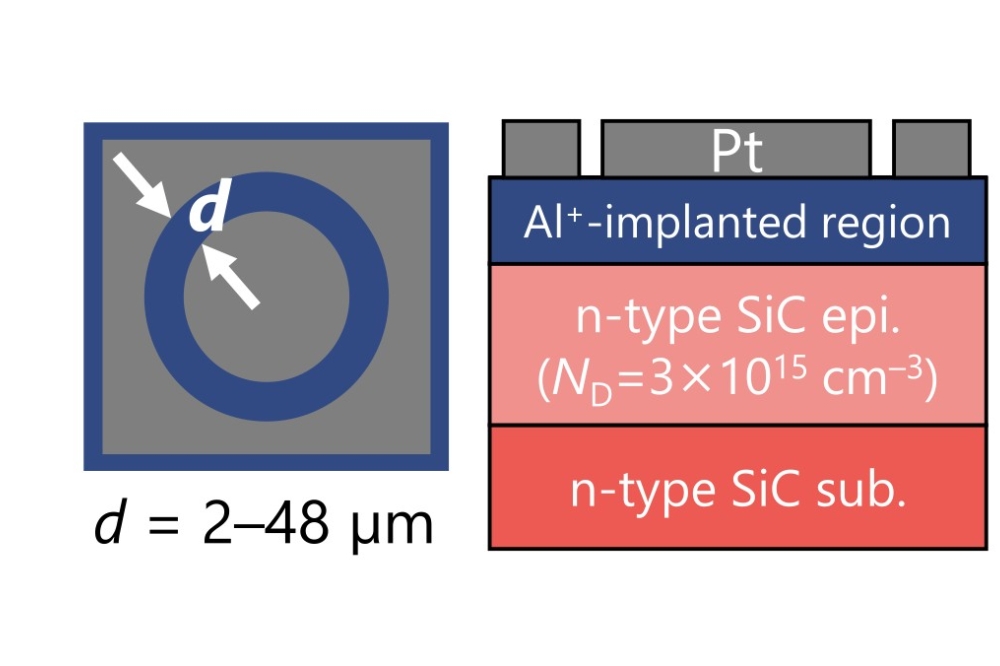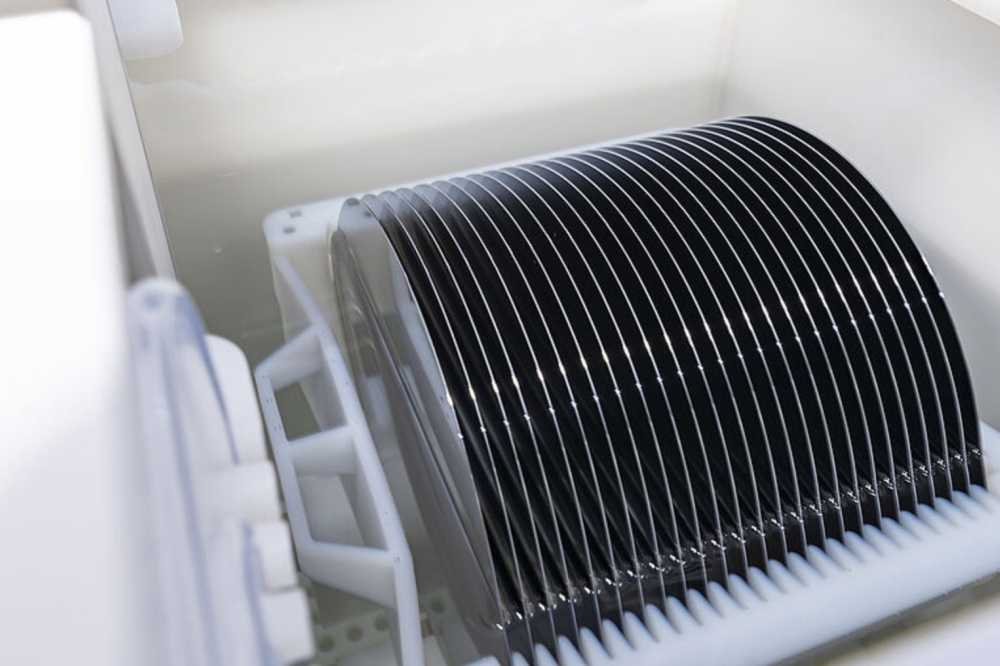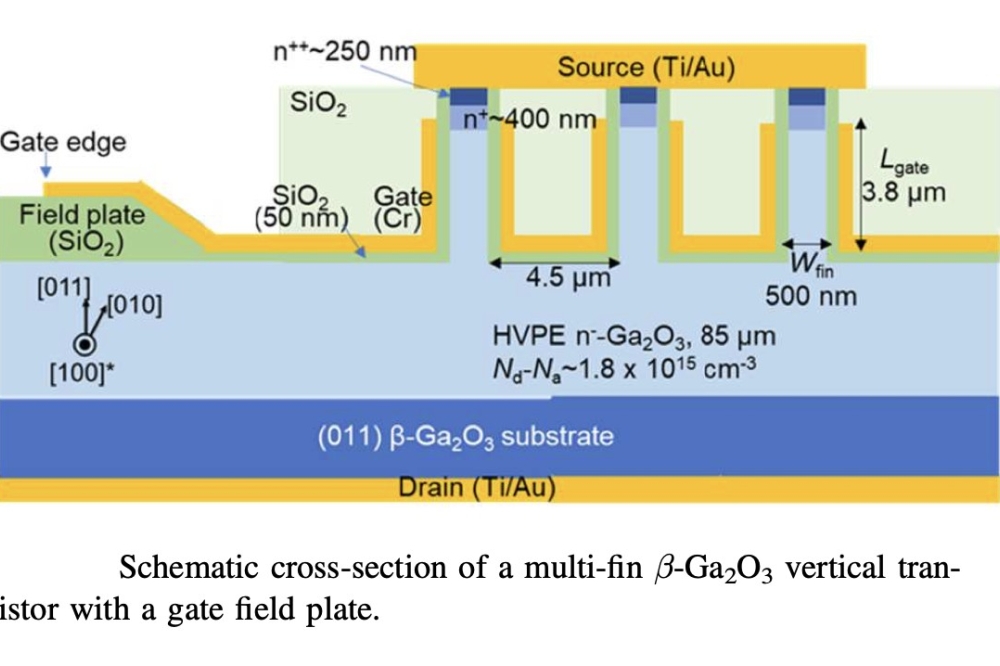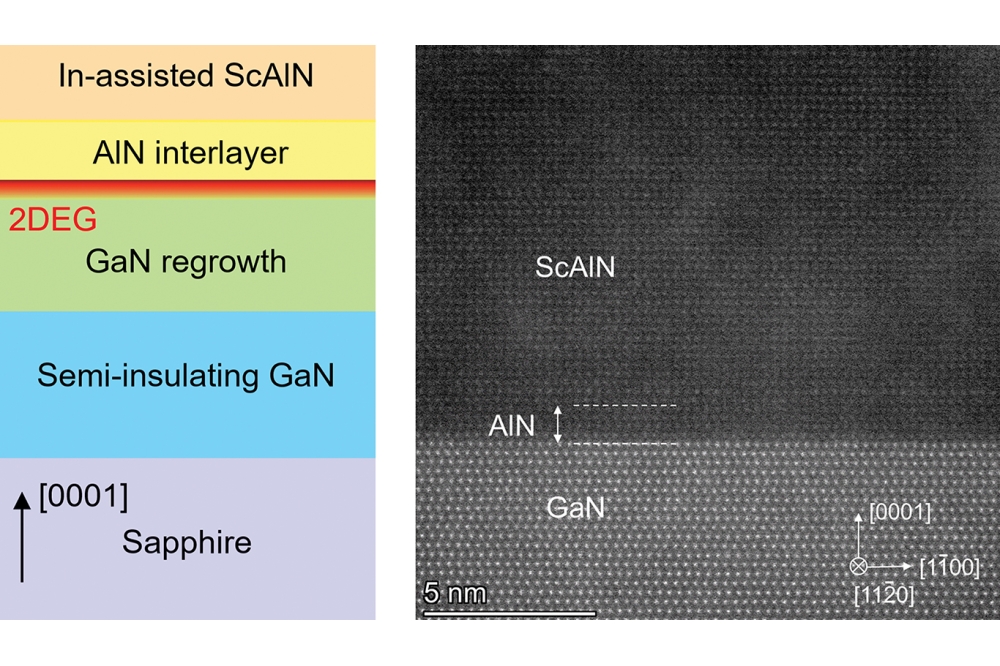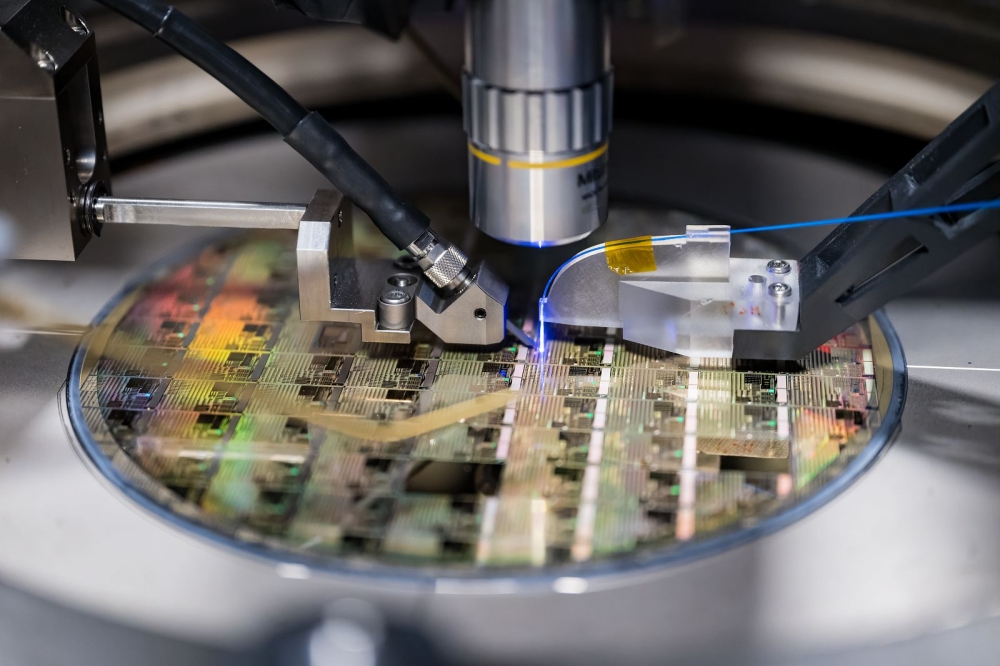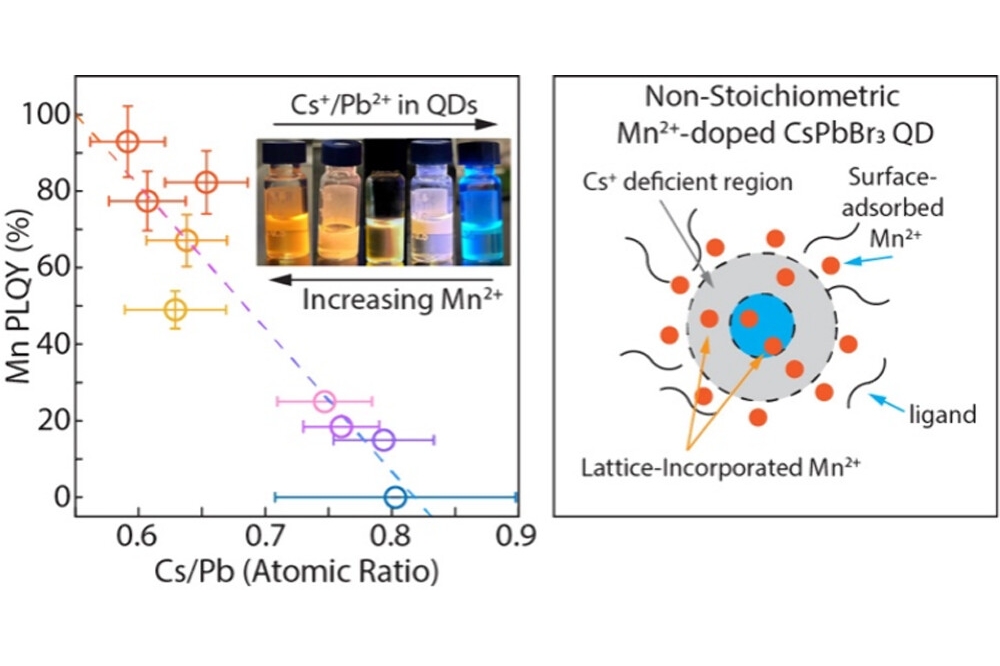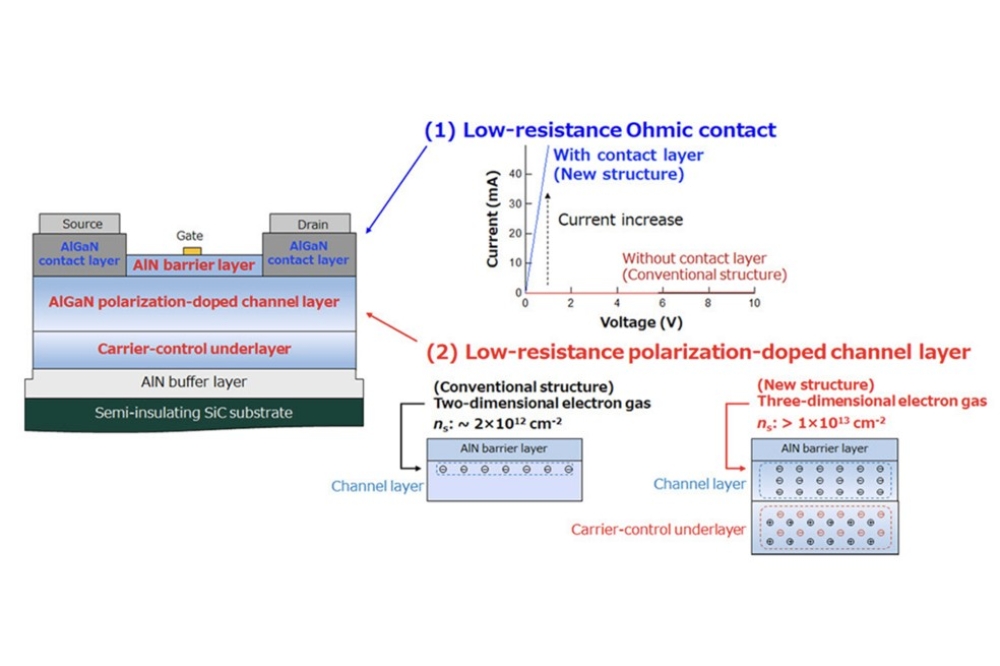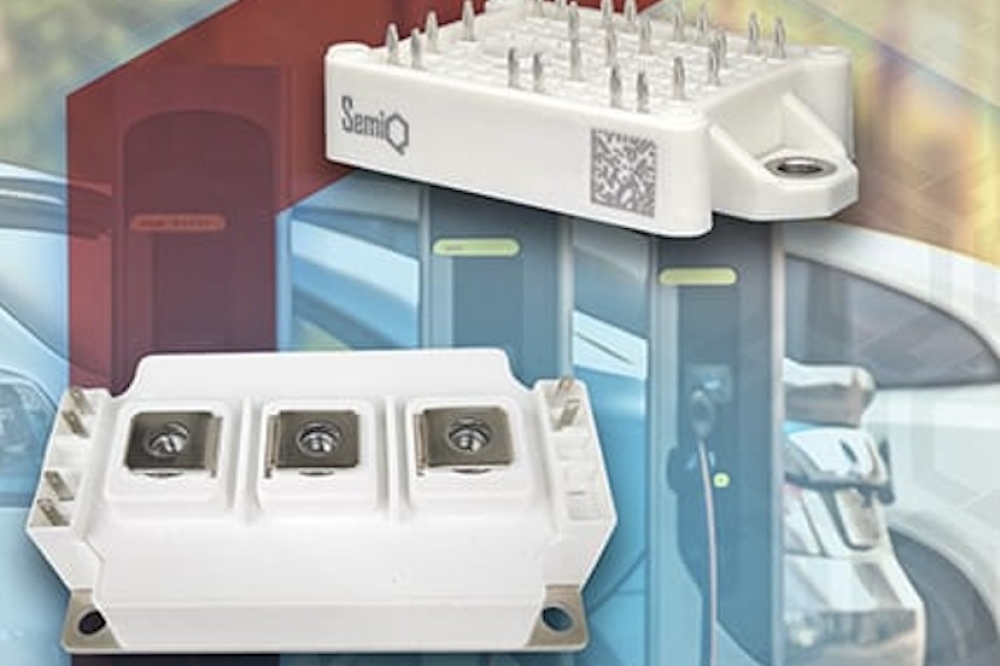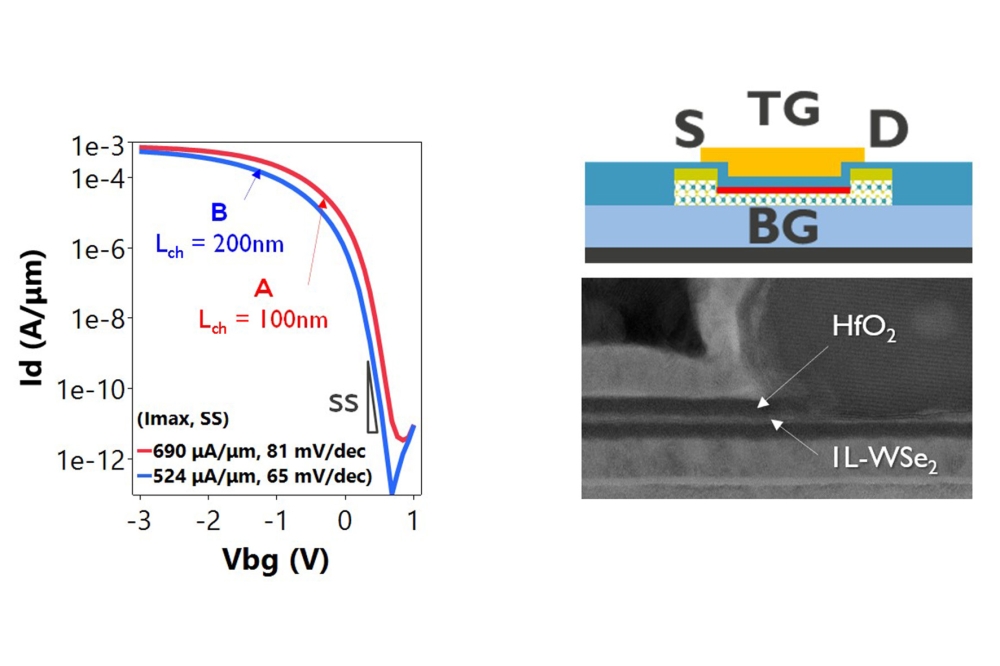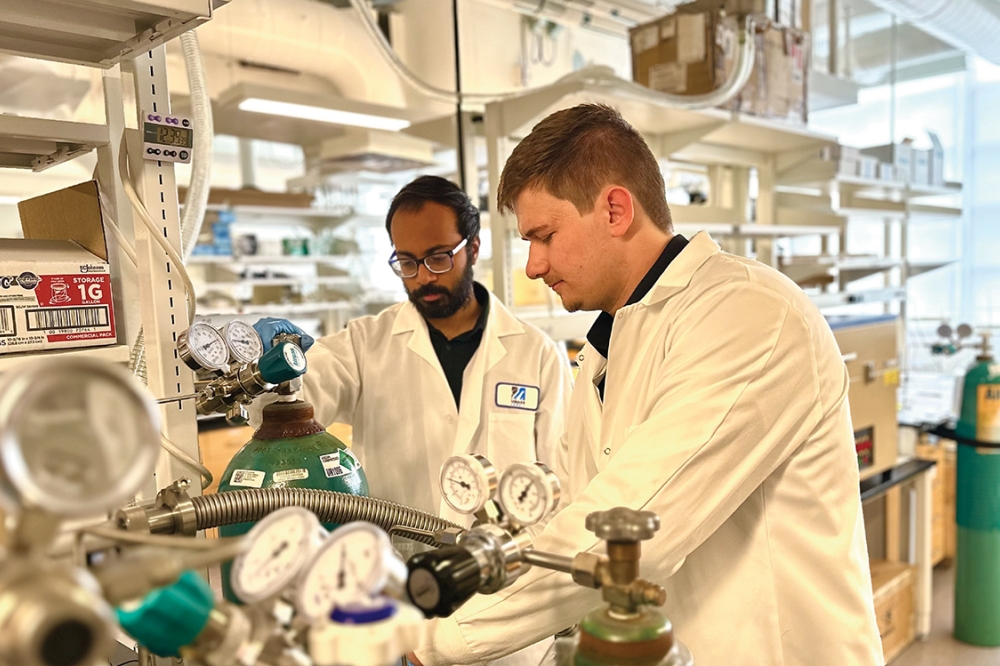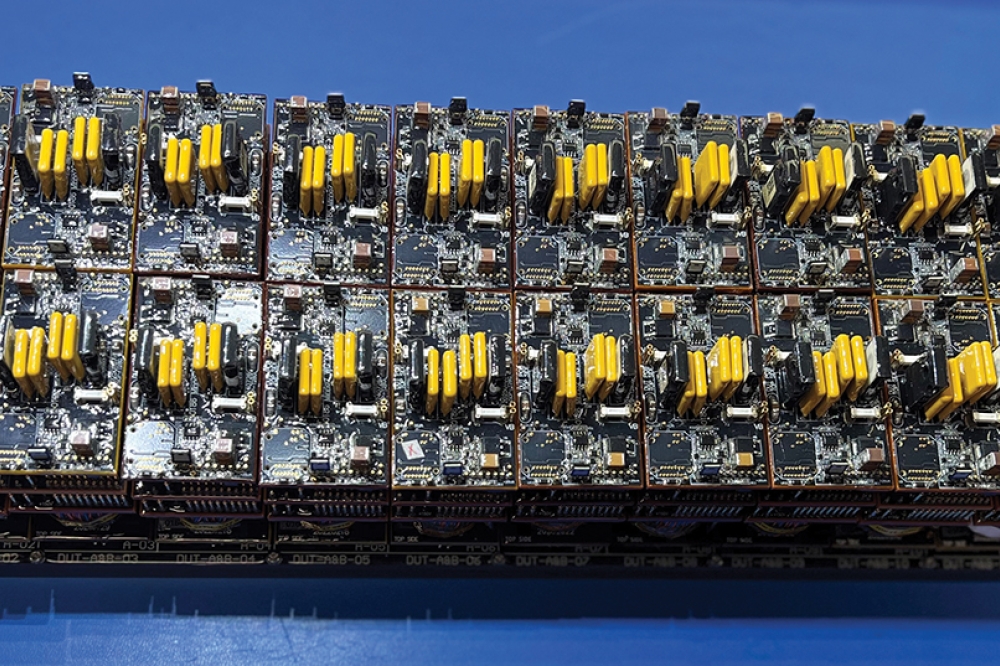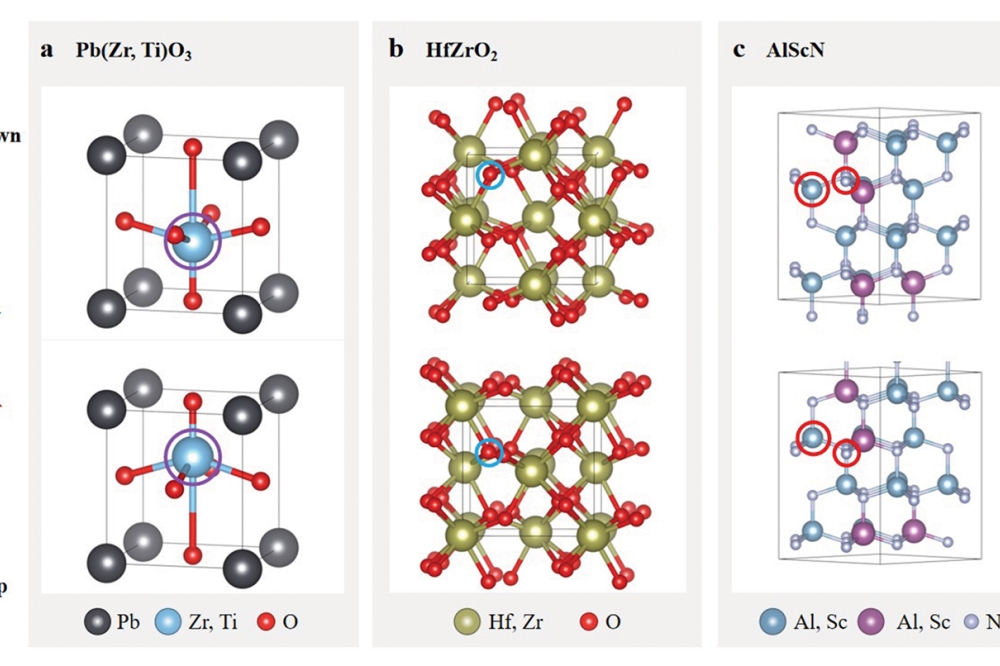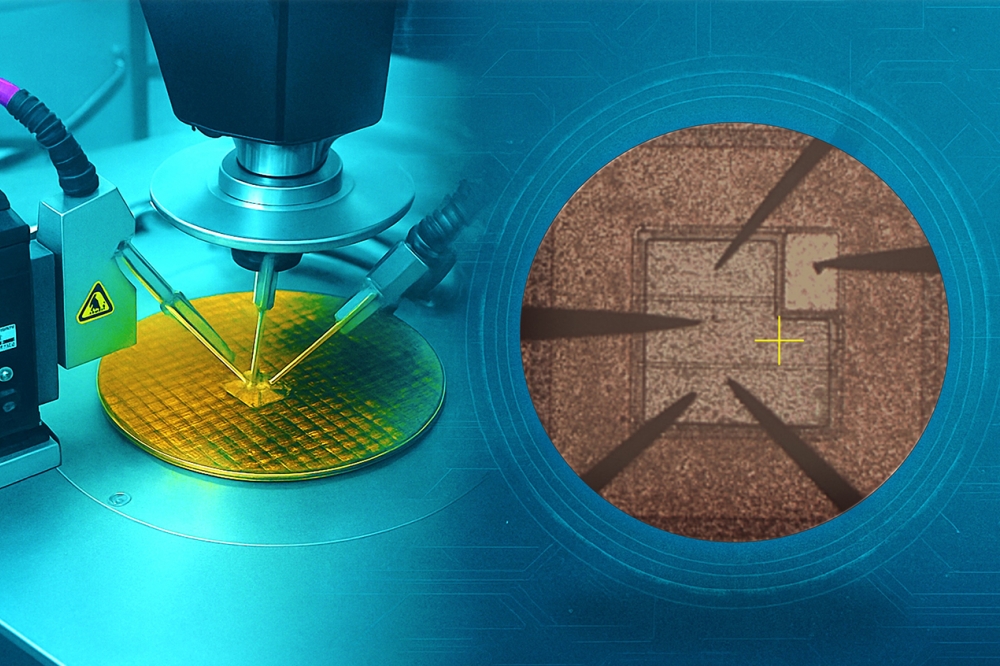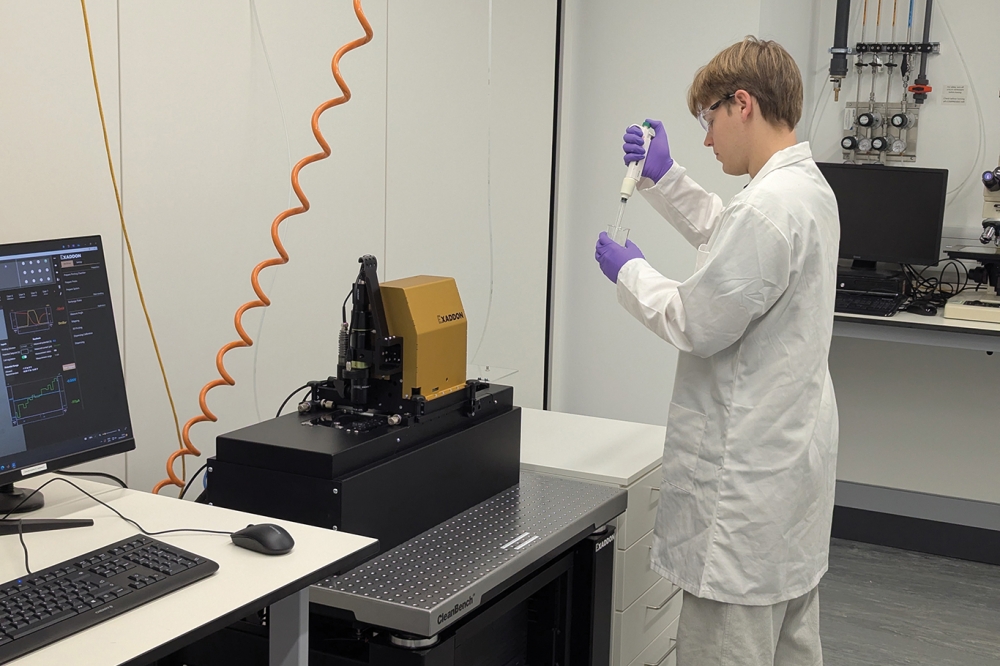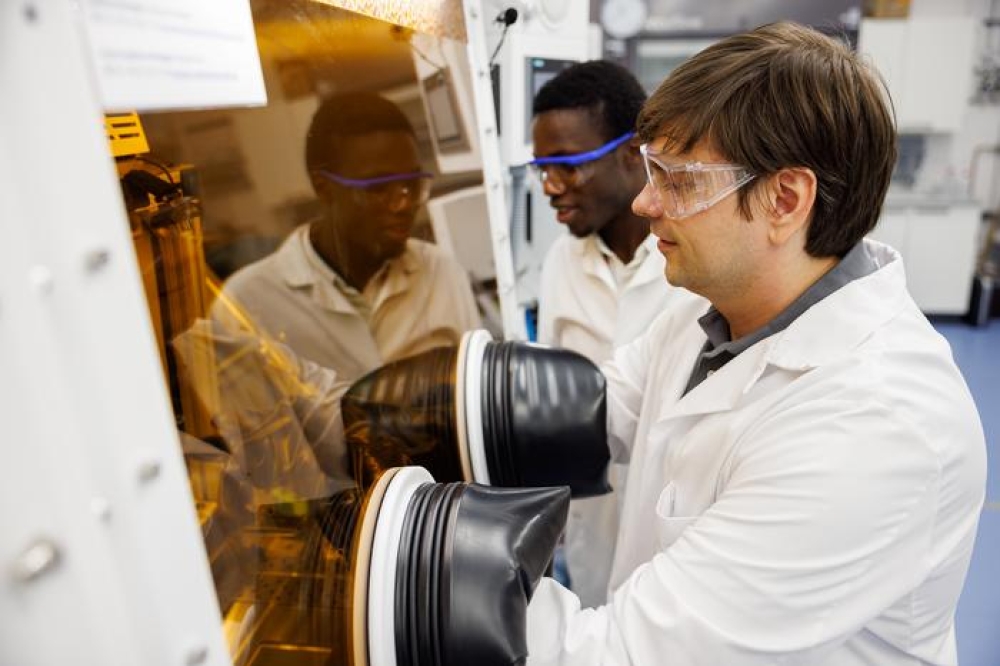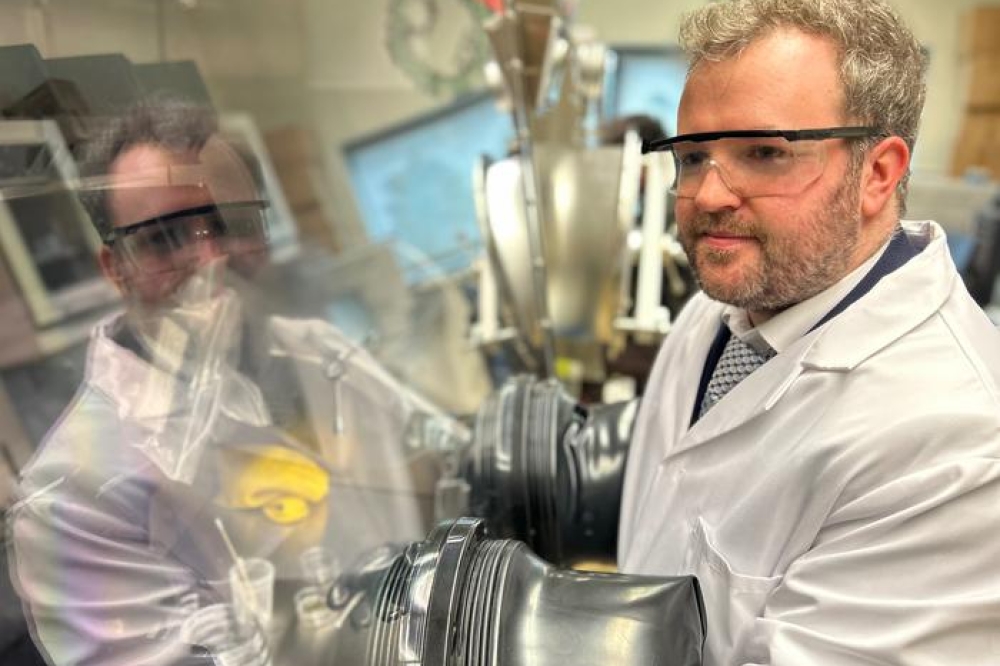Korean team makes novel flexible ammonia sensor
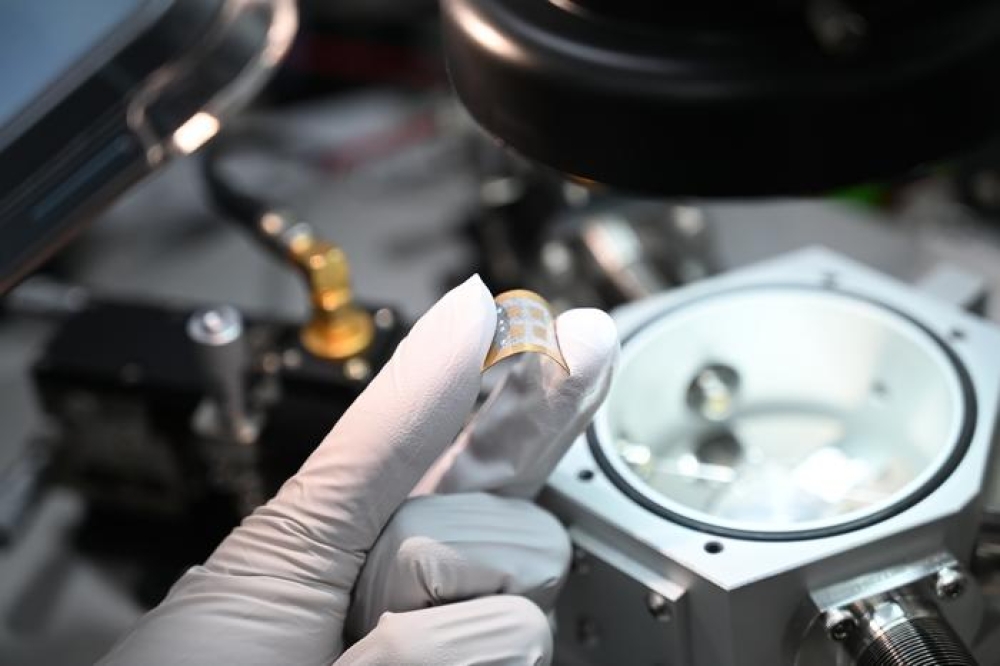
Researchers from the Korea Institute of Materials Science (KIMS), have developed what they believe is the world’s first ammonia (NH₃) gas sensor based on film made from the compound semiconductor CuBr fabricated through a simple solution process at low temperatures.
This technology not only enables sensor flexibility, ultra-sensitivity, and high selectivity but also significantly reduces manufacturing costs, according to the researchers.
The work 'Low-temperature solution-processed flexible NH3 gas sensors based on porous CuBr films derived from 2D Cu nanosheets' was published in March in Sensors and Actuators B: Chemical (2025).
Ammonia gas sensors detect airborne ammonia and are used in indoor and outdoor environmental monitoring, hazardous gas detection in industrial settings, and disease diagnosis. The CuBr film used in the sensor exhibits a significant change in electrical resistance upon exposure to ammonia, enabling the detection of even low concentrations of the gas.
In conventional methods, forming a CuBr film requires a high-temperature vacuum process above 500°C. This poses challenges in applying it to flexible substrates, which are vulnerable to heat, and is expensive.
To address this issue, the research team developed a technique to form a 2D copper nanosheet on a substrate at a temperature below 150°C without a vacuum process. They then synthesised the CuBr film through a simple solution-based process. As a result, they successfully implemented an ammonia gas sensor on a plastic substrate.
The sensor is capable of detecting ammonia concentrations as low as one part per million (ppm) and tests involving over 1,000 repeated bending cycles confirmed that the sensor maintained high performance and operated with stable functionality.
Jongwon Yoon, the lead researcher, stated, “The ammonia sensor developed through this study has great potential for expansion into flexible and wearable devices. It can be utilised in a wide range of applications, from indoor air quality monitoring to personal health management.” He added, “In particular, we expect that it could be applied as a disease diagnosis sensor by attaching it to the human body to analyse exhaled breath.”
The research was conducted in collaboration with Tae-Wook Kim from Jeonbuk National University and Hong Seung Kim from Korea Maritime & Ocean University.


